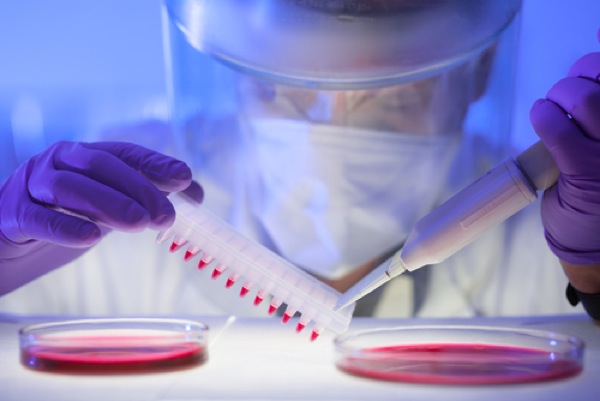Copper-based experiment leads academic to find new way to treat cancer
 An academic at the University of Texas at Arlington believes his research team may have unintentionally stumbled upon a more efficient way to treat cancer through nanotechnology.
An academic at the University of Texas at Arlington believes his research team may have unintentionally stumbled upon a more efficient way to treat cancer through nanotechnology.

Wei Chen. (Credit: U of T at Arlington)
Physicist Wei Chen, who is co-director of UT Arlington’s Center for Security Advances via Applied Nanotechnology, or SAVANT, was working to create a light-emitting nanoparticle for use in security-related radiation detection. Instead, he found that when the copper-cysteamine complex he created in his lab was exposed to X-rays, it started emitting a toxic by-product called “singlet oxygen,” which can be used to damage cancer cells in photodynamic therapy.
More testing led him to find that the nanoparticles, called Cu-Cy, significantly slowed tumour growth when combined with X-ray exposure in lab studies involving human breast and prostate cancer cells, according to UT Arlington, which has filed a provisional patent application on the complex.
Chen, who is also leading federally, funded cancer research, called the findings promising.
“This new idea is simpler and better than previous photodynamic therapy methods. You don’t need as many steps. This material alone can do the job,” he said in a press release issued by the university.
The new nanoparticle has low toxicity to healthy cells, according to Chen’s research.
The full paper is scheduled to appear in the August edition of the Journal of Biomedical Nanotechnology.
Image by Matej Kastelic | Shutterstock.com
More News
{{ commodity.name }}
{{ post.title }}
{{ post.date }}

Comments